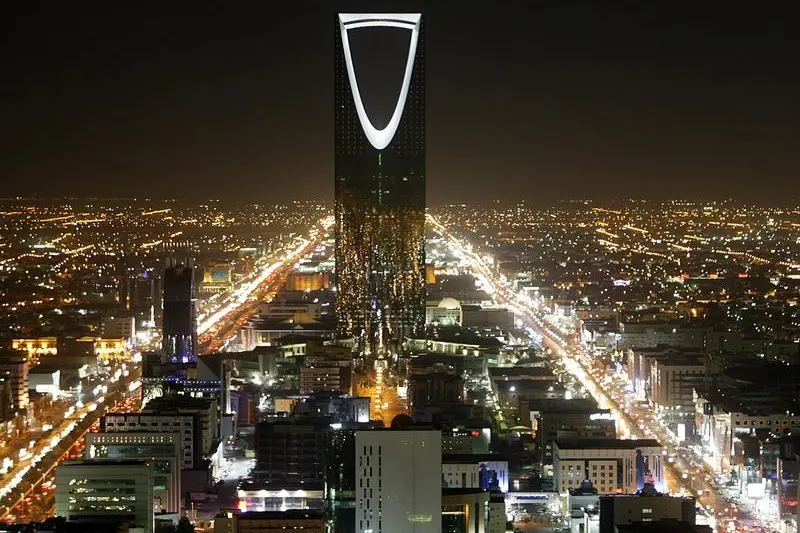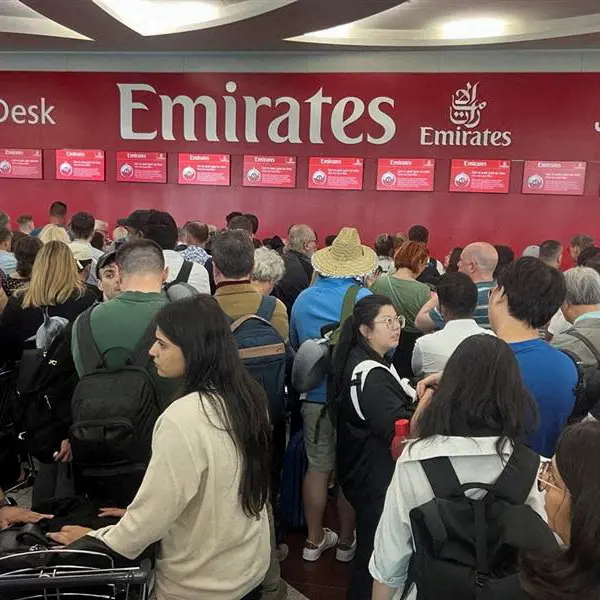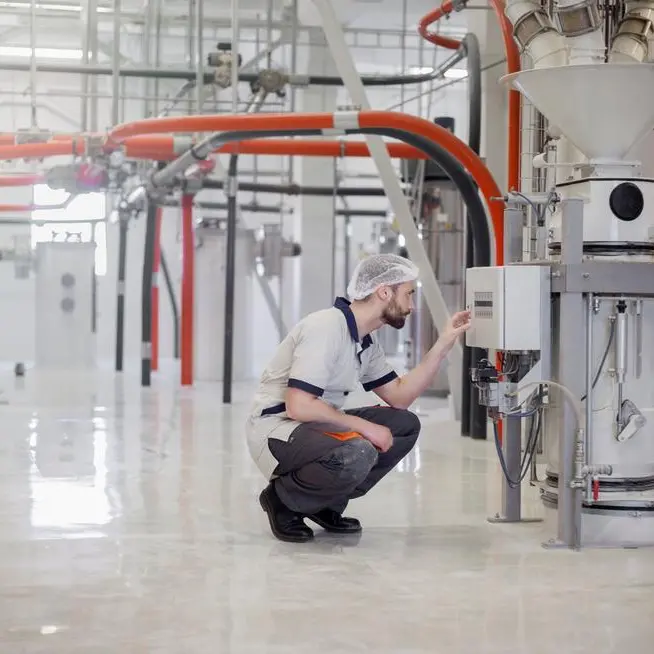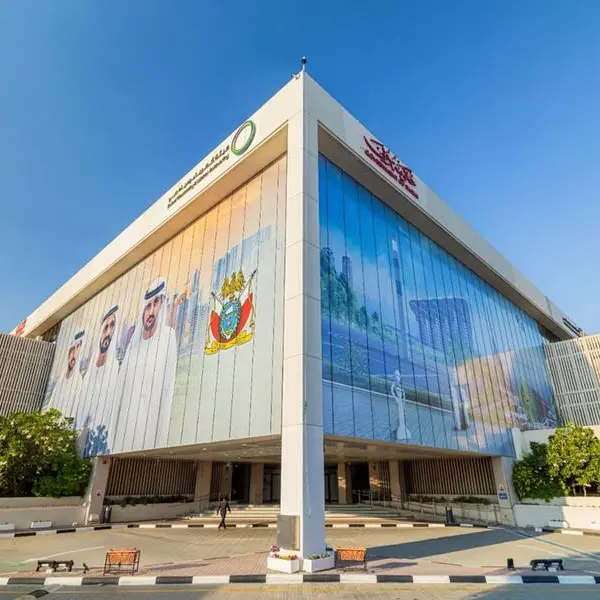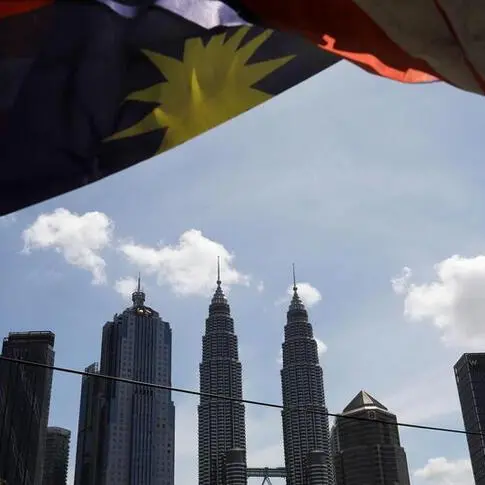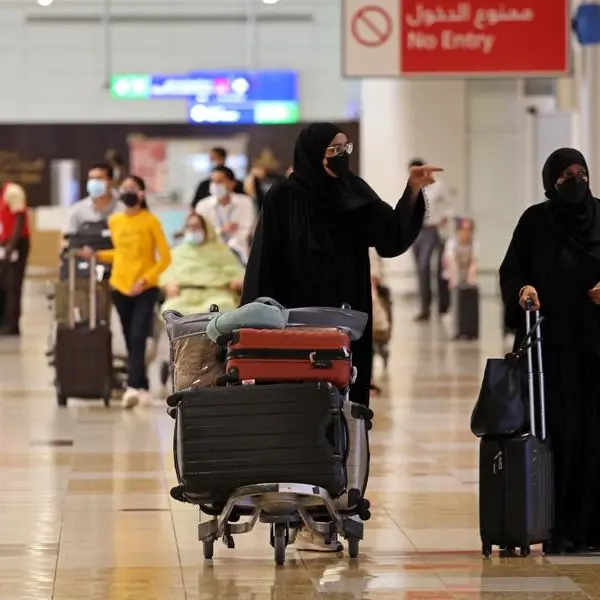PHOTO
After many years of spending the Eid holidays abroad, this time I took my family to a private resort on the eastern side of the country. I must say, I was pleasantly surprised. Not only with the variety of activities this resort has, but with the quality and speed of the service. Almost every member of my family, males and females of different ages, had many nice words to say about this resort. According to my eldest daughter, Sara, “it brought back fond memories of Center Parcs,” a year-round, family-friendly resort chain across the UK.
This Eid experience reinforces the Kingdom’s Vision 2030 reform plan, which aims at transforming the country into tourist destinations that will appeal not only to locals but to international visitors as well. From Neom in the north to Asir in the south, and from Jeddah in the west to Khobar in the east via the capital Riyadh, the tourism sector has unlimited potential.
According to the World Travel and Tourism Council’s annual review of the economic impact and social importance of the sector, tourism contributed almost 9 percent of the Kingdom’s gross domestic product (GDP) in 2018.
Saudi Arabia is expected to witness the highest growth rate in tourism globally between 2020 and 2030
Basil M.K. Al-Ghalayini ?
In 2018, tourism contributed over SR244 billion ($65 billion) to the country’s economy. The report indicates that one in every 11 Saudi riyals is now generated by travel and tourism with 1.1 million jobs or 8.5 percent of the total employment.
It is expected that tourism will be a key driver of growth for the Saudi economy. The impact will not just be felt on Saudi’s GDP but on employment, the development of remote rural areas and creating cultural and wellness destinations too.
After launching several musical, cultural and sports events over the past 18 months, different government bodies are trying to create branded destinations. Moreover, the giga-projects from the Public Investment Fund (such as Qiddiya and Amala) will aim to attract value-added and quality tourists.
Over the past decades and until recently, the tourism sector in several Arab countries was the key economic driver for their GDPs with Dubai topping the league. By the same token, many European countries have relied heavily on the tourism sector in financing their budgets. As for Saudi Arabia, between 2020 and 2030, the country is expected to witness the highest growth rate in tourism globally. Local and international investors should explore and consider the tourism sector, and include it for their defensive allocation strategies in addition to health care and education.
My youngest daughter of four, Alma, was with me during this Eid Al-Fitr break. I hope in a few years time she will use a Saudi-based destination as a reference like Sara did with Center Parcs.
• Basil M.K. Al-Ghalayini is the Chairman and CEO of BMG Financial Group.
Copyright: Arab News © 2019 All rights reserved. Provided by SyndiGate Media Inc. (Syndigate.info).
